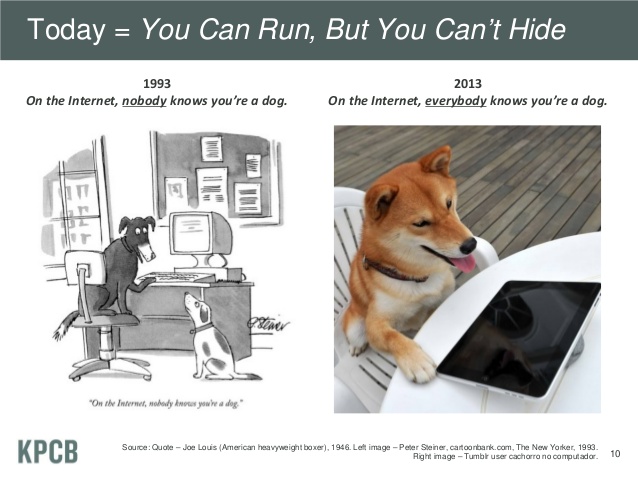No more “20% time” at Google – “Google’s “20% time,” which allows employees to take one day a week to work on side projects, effectively no longer exists. That’s according to former Google employees, one who spoke to Quartz on the condition of anonymity and others who have said it publicly.”
Increasing public access to federally funded research – This is not new, but for researchers and data nerds alike it is worth reading again – and following developments! You can find the official memo here: http://www.whitehouse.gov/sites/default/files/microsites/ostp/ostp_public_access_memo_2013.pdf
A tiny book! – from University of Iowa Libraries Special Collections.
Rosen, Rebecca J. “Revealed: A Book the Size of a Ladybug.” The Atlantic. 7 Aug. 2013. Web. 22 Aug. 2013.
The Getty launches Open Content Images: 4,687 images from their collection are now available for free use under their open content license.
WebKit Has Implemented srcset: Right now there’s no good way to switch the image in an HTML <img> tag for a different browser (for example, giving a smaller image to a mobile browser). The srcset attribute solves most of the issues with this. See also: Mat’s talk on the subject.
QR Codes vs. URLs. In related news, Microsoft Tag is shutting down. Did you even know that Microsoft Tag existed?
